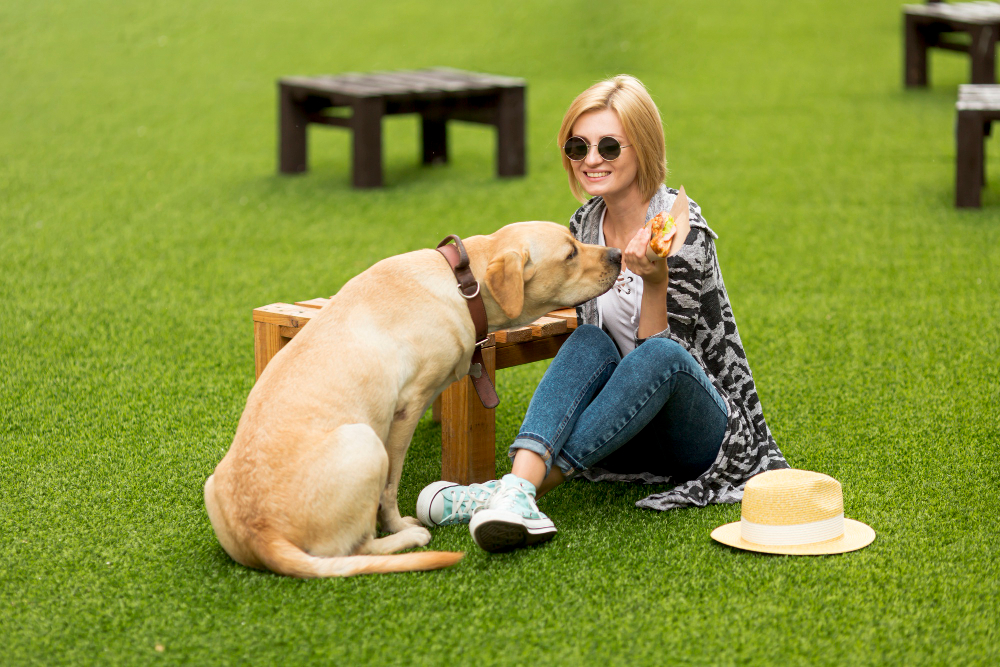Guide to Designing and Installing Artificial Turf in A Dog Park

Dogs need a designated area where they can play, run, and socialize with other dogs. Dog parks are designed to cater to this need, and more people are realizing the benefits of having one nearby. Designing and installing a dog park is not an easy task, and it requires planning and careful consideration of different factors. In this article, we will guide you through everything you need to know about designing and installing a dog park.
1. Choosing the Location
The first step in designing a dog park is to choose the location. It's important to consider the accessibility of the park and the needs of the community. Some factors that should be considered while choosing the location include safety, noise level, drainage, and accessibility. The location should be away from residential areas to avoid disturbing the neighbors. Ensure that there is sufficient water supply and drainage systems in place.
2. Designing the Park
The design of the dog park is also an important factor. The park should be designed to cater to the needs of dogs of different sizes. The layout should include separate areas for large and small dogs, along with entry and exit points. The park should have adequate fencing, with a double gate entry system to avoid dogs escaping. Other features that could be included during the design process include shaded areas, seating areas, and waste disposal stations.
3. Choosing the Turf
The type of turf used in the park is also important for the comfort and safety of the dogs. Artificial turf is a popular choice for dog parks as it provides a soft surface that is comfortable for dogs to play on. It's also easy to clean and maintain. Natural grass is also used, but it requires more maintenance, especially during the rainy season. When looking for dog park turf companies in Florida, contact From The Ground Up Landscaping today for free estimates.
4. Installing the Park
Once the design has been finalised, the next step is to install the park. The installation process is crucial, and it should be done by professionals who have experience in installing dog parks. The installation process includes grading the area and installing the fencing and turf. If any other features were included in the design, they should also be installed at this stage. It's important to ensure that everything is installed according to the design plan and that everything is secure.
5. Maintenance and Upkeep
After the park has been installed, maintenance and upkeep are essential to ensuring that the park remains in good condition. Regular maintenance includes cleaning the park, emptying the waste disposal stations, and repairing any damages. It's also important to ensure that the turf is regularly cleaned and disinfected. The park should be inspected regularly to ensure that everything is in good working condition. A well-maintained park will attract more visitors and keep the dogs happy and healthy.
Conclusion
Designing and installing a dog park is a big task, but it's worth it in the end. Dog parks provide a designated area where dogs can exercise and socialize, which is beneficial for their health and well-being. By following the above guidelines, you can design and install a park that is safe, comfortable and enjoyable for dogs. And, if you're planning on a turf installation for dog park turf companies in Florida, look no further than From The Ground Up Landscaping. Contact them today for free estimates.